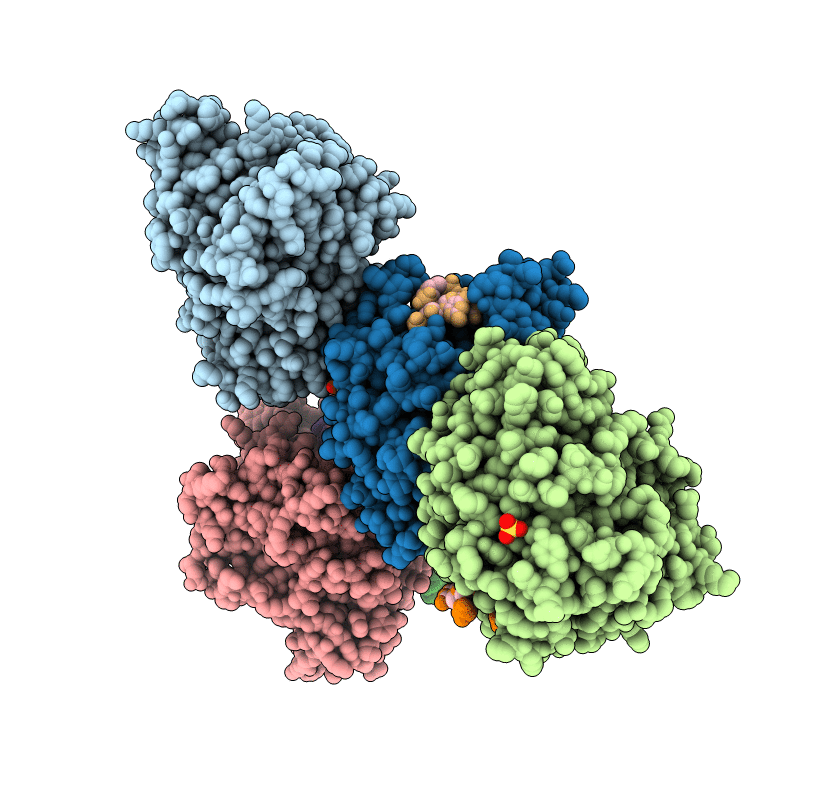
Deposition Date
2022-08-08
Release Date
2022-08-24
Last Version Date
2023-10-25
Entry Detail
Biological Source:
Source Organism:
Entamoeba histolytica (Taxon ID: 5759)
synthetic construct (Taxon ID: 32630)
synthetic construct (Taxon ID: 32630)
Host Organism:
Method Details:
Experimental Method:
Resolution:
2.10 Å
R-Value Free:
0.20
R-Value Work:
0.17
R-Value Observed:
0.17
Space Group:
P 21 21 21


